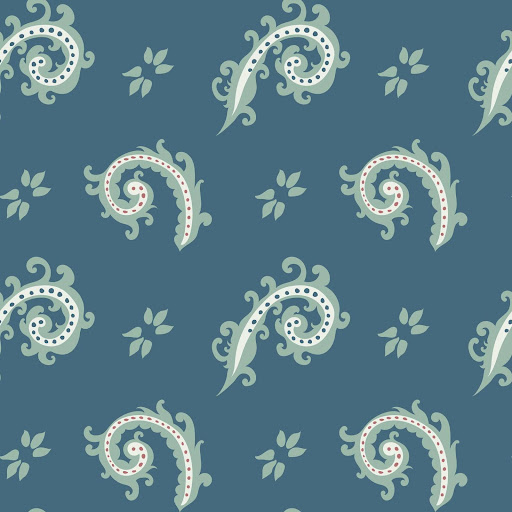Paisley, with its intricate teardrop-shaped motif, has fascinated cultures for centuries and continues to captivate the world of fashion. This beloved pattern, which originated in ancient Persia, has a rich history and has evolved to remain relevant and trendy in modern fashion. The story of Paisley is one of cultural exchange, artistic innovation, and enduring appeal.
The Origins of Paisley
The paisley pattern, known as “boteh” in Persian, dates back to the Sassanian Empire (224 to 651 AD) in Persia. The design symbolised life and eternity, often found in royal garments and tapestries. The motif made its way to India, where it became a staple in the traditional art of textiles, particularly in Kashmir shawls. These shawls were intricately woven and dyed, showcasing the paisley pattern in rich, vibrant colours.
Paisley’s Journey to the West
In the 18th and 19th centuries, the British East India Company brought paisley-patterned shawls to Europe, where they became extremely popular. The Scottish town of Paisley became synonymous with the pattern as it began producing its versions of the shawls, making the design more accessible to the European market. The Industrial Revolution allowed for mass production, and soon, paisley was a common sight in European fashion, adored for its exotic and elegant appeal.
Paisley in Modern Fashion
Today, paisley is a versatile pattern that can be found in various forms of fashion and design. From high-end couture to everyday streetwear, the motif is used in dresses, scarves, ties, and even home decor. Designers continue to reinvent paisley, blending traditional elements with contemporary styles to keep it fresh and exciting. You can see paisley in bold prints on runways, subtle accents in business attire, and even in eclectic home decor items that add a touch of sophistication to any space.
Why Paisley Endures
The enduring appeal of paisley lies in its timeless beauty and versatility. It can be bold and colourful or subtle and sophisticated, making it suitable for any occasion. Whether you’re looking to add a touch of elegance or a pop of personality to your wardrobe, paisley is a pattern that never goes out of style. Its adaptability means it can be paired with a variety of other designs and colours, making it a favourite among designers and fashion enthusiasts alike.
As an arts and crafts enthusiast, I find endless inspiration in the paisley pattern. Its rich history and adaptability make it a perfect muse for creative projects. From fabric crafts to home decor, the possibilities with paisley are truly limitless. Creating items with paisley can be a delightful experience, allowing you to infuse a touch of history and culture into your everyday life.
Conclusion
Stay tuned for more posts where we’ll explore different ways to incorporate this timeless pattern into your arts and crafts projects! We’ll delve into DIY tutorials, styling tips, and the historical significance of paisley in various cultures. Whether you’re a seasoned crafter or just starting, there’s always something new to discover with paisley.
Written by Alan Boal Paisley

